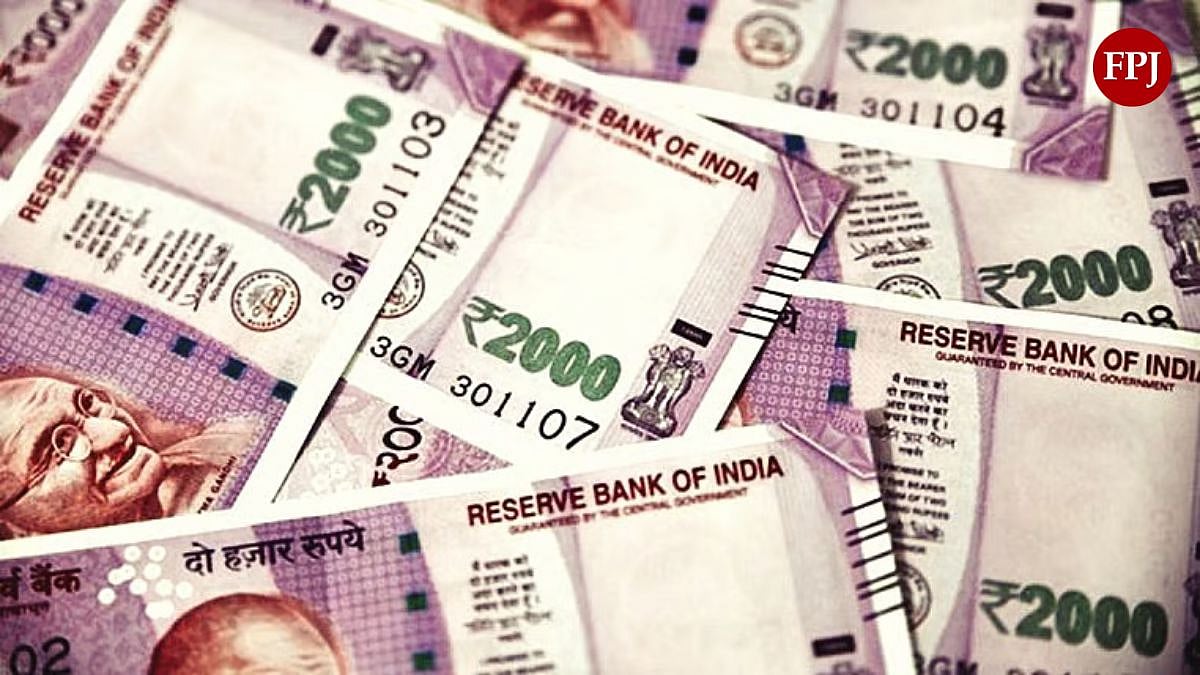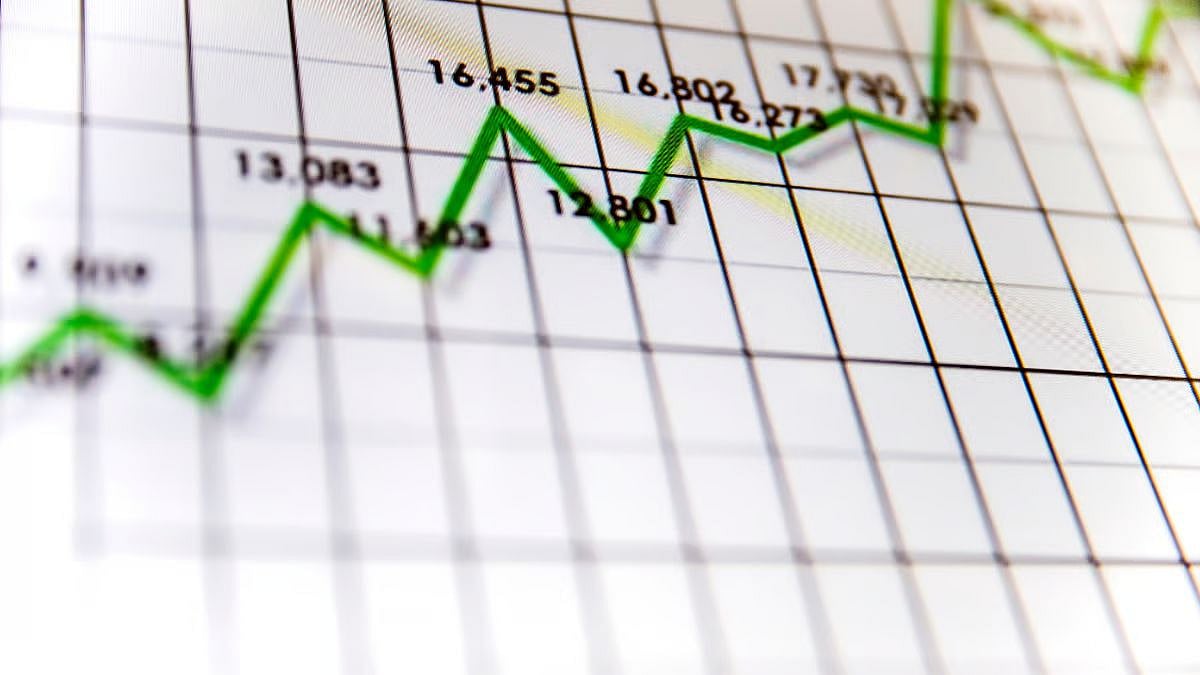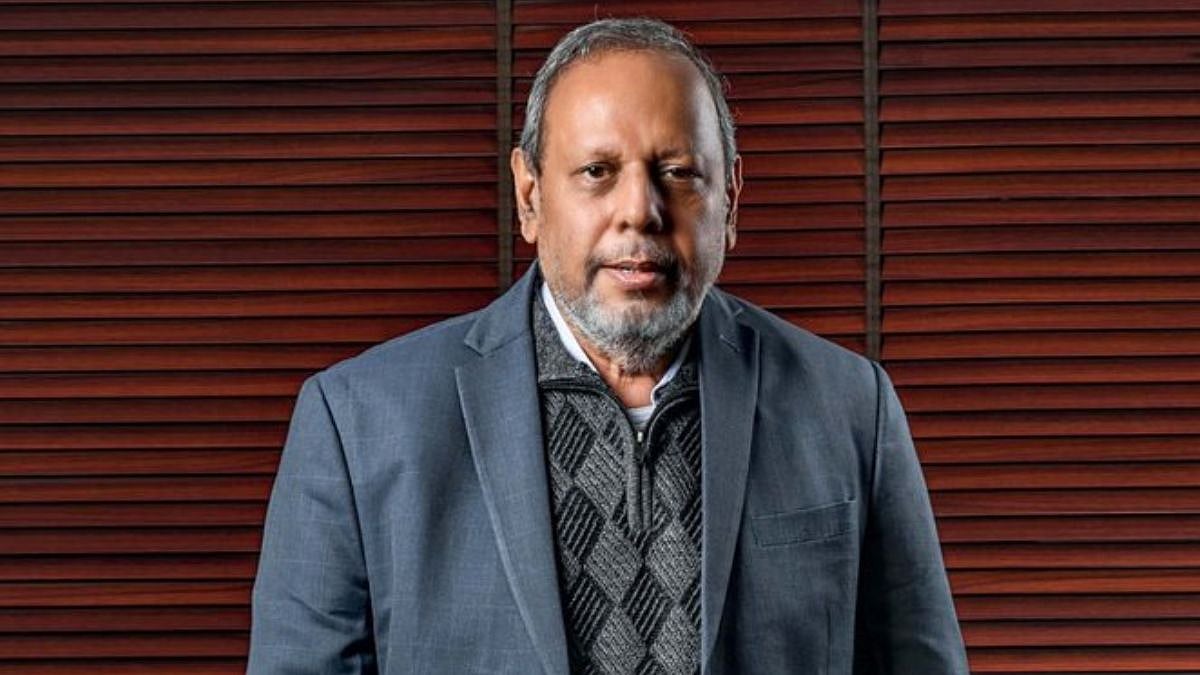The demand for gold went up by 80 per cent during Diwali, indicating a full recovery for the sector from the pandemic, and Indians bagged the yellow metal worth Rs 19,500 crore on Dhanteras alone. But that didn’t change the fortunes of gold, as prices remained flat despite a falling dollar and US bond yields. After the festive euphoria, gold prices are up marginally rising from Rs 4,685 per gram to Rs 4,700 per gram for 22 carat, and Rs 5,128 per gram from Rs 5,111 a gram for 24 carat.
Diwali demand defies economic gloom
Diwali was bound to trigger a buying frenzy among Indians who see gold as a safe investment and a traditionally auspicious purchase to start the year. Tech savvy young investors were also attracted towards the glitter of gold after Bombay Stock Exchange launched Electronic Gold Receipts during its Muhurat trading session on Diwali. The EGRs are meant to ensure transparency in prices of the precious metal. The gold will first be converted into an electric receipt and can be converted back to physical metal after a trade.
Right now Chennai has the costliest gold at Rs 4,765 per gram for 22 carat, while 24 carat is available at Rs Rs 5,198 for a gram.
Delhi’s buyers can get 22 carat gold for Rs 4,715 per gram, and 24 carat for Rs 5,143 a gram.
Mumbai and Kolkata followed suit with Rs 4,700 a gram for 22 carat gold and Rs 5,128 for 24 carat.
Apart from fintech apps offering e-gold, investors across these cities can buy digital gold more securely as EGRs, since these are secured by vault managers accredited by the Securities and Exchanges Board of India.
How jewellery prices may vary
In physical form, jewellery is a way to buy gold both as an accessory and an investment, but prices aren’t the same as gold bars. This is because making charges and GST are also added to the final product by jewellers.









